
How and Why Photobiomodulation with a Class IV Therapy Laser Can Help Manage Symptoms of Multiple Sclerosis
While PBMT is not a cure for MS, its multimodal effects—improved mitochondrial function, reduced neuroinflammation, enhanced circulation, neuromuscular optimization, and neuroprotection—make it a compelling adjunctive tool for reducing symptom burden and improving quality of life. Increasing clinical and mechanistic evidence supports its integration into comprehensive, patient-centered MS care.
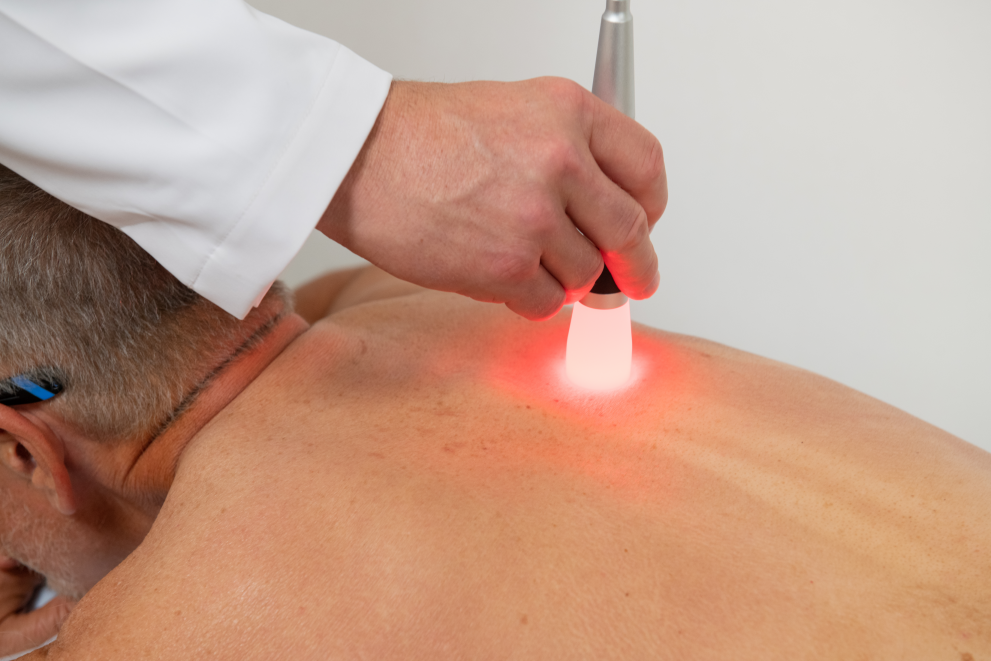
Photobiomodulation Research: Why It Struggles While Drugs Get Billions
“PBM may not yet have the financial clout of Big Pharma, but it has what matters most: the potential to improve lives safely, effectively, and affordably.”

Fluid Transport in the Brain: How the Glymphatic System Protects Your Mind
“Your brain is an amazing organ. It allows you to think, feel, move, and interact with the world. But like every busy workplace, the brain produces a lot of waste while it works. Every thought, every movement, and every memory you form leaves behind by-products—proteins and chemicals that, if not cleared away, can become toxic over time.”
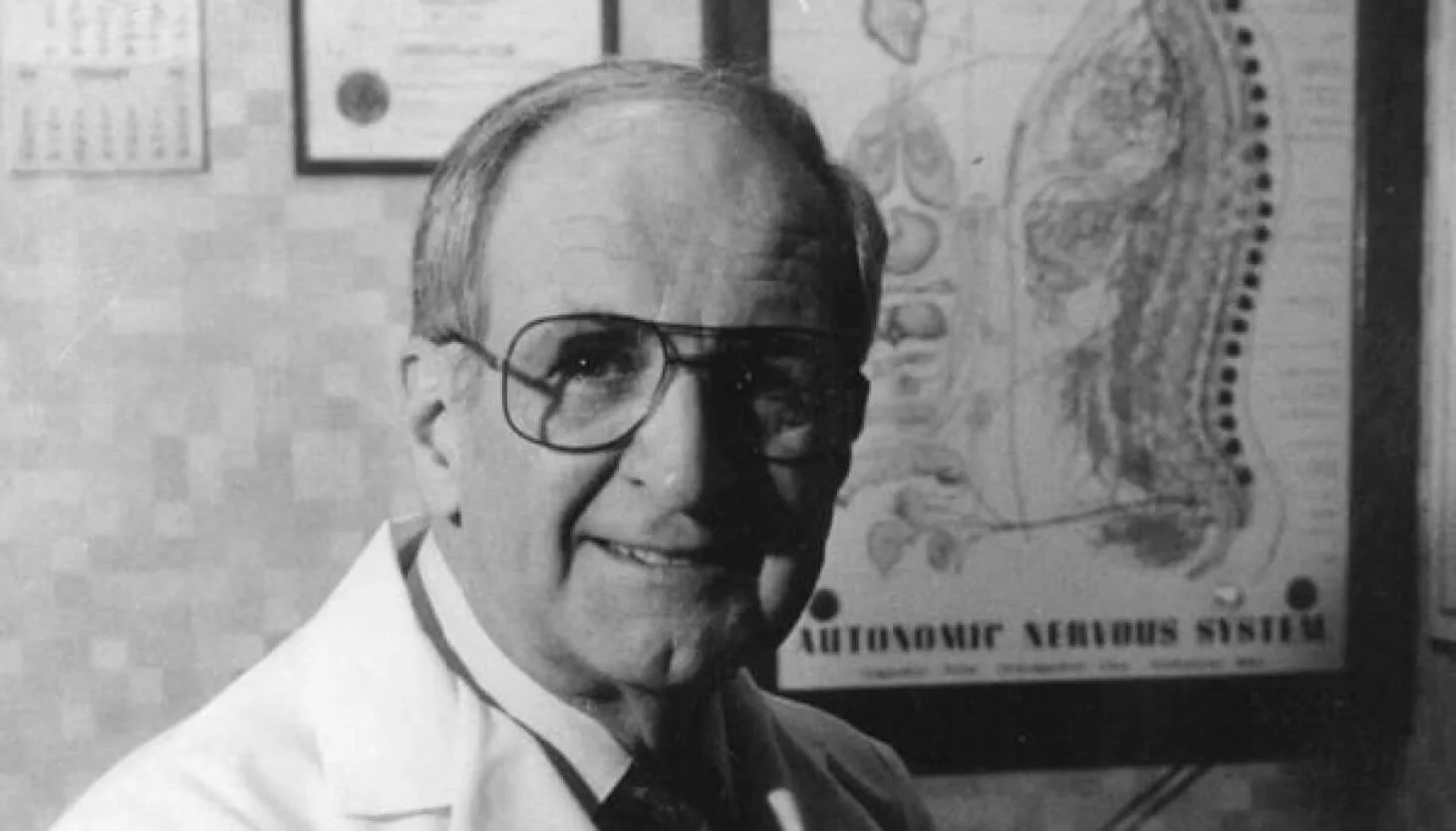
Dr. Chester Wilk and the Battle for Chiropractic Legitimacy: A Historical Examination of the AMA's Campaign and the Landmark “Wilk v. AMA” Lawsuit
“The Wilk decision marked a turning point, ending the AMA's official boycott and allowing ethical collaborations between physicians and chiropractors. By 1980, during litigation, the AMA revised its ethics to permit referrals, reflecting the case's pressure.”
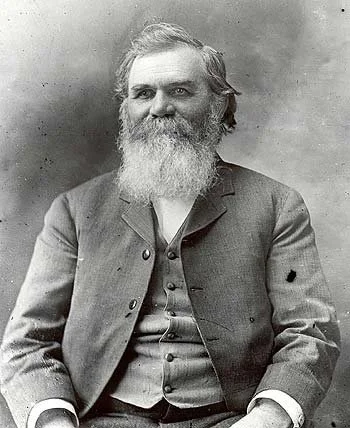
The History of Chiropractic: From Origins to Modern Evolution
The story of chiropractic begins with Daniel David (D.D.) Palmer, a magnetic healer and self-educated practitioner born in 1845 in Port Perry, Ontario, Canada. Palmer’s interest in health and healing was shaped by the eclectic medical practices of the 19th century, a time when conventional medicine was often rudimentary, relying on invasive procedures like bloodletting or toxic remedies like mercury-based treatments.

The Neuromatrix Model of Pain: An Explanation for Patients
“The neuromatrix model proposes that pain is an output of a widespread network in the brain, called the “body-self neuromatrix”, rather than just a direct response to tissue damage.”

Reactive Oxygen Species and Photobiomodulation: Mechanisms, Effects, and Implications
ROS are essential yet potentially harmful molecules whose modulation by PBM offers significant therapeutic promise.

Ten published journal articles on photobiomodulation (PBM) in combination with platelet-rich plasma (PRP) and/or stem cell therapy
A list of ten high impact published studies on photobtiomodulation, stem cells and platelet-rich plasma.

The Gate Control Theory of Pain: A Guide for Patients
“We willexplore the gate control theory in a way that’s clear and relatable, diving into its mechanisms, implications for chiropractic care, and practical ways you can use this knowledge to manage pain effectively. By the end, you’ll see pain not as an enemy but as a dynamic process you can influence.”

Understanding and Managing Diabetic Peripheral Neuropathy
“Living with diabetes can feel like a daily balancing act, and for many, one of the most challenging complications is diabetic peripheral neuropathy (DPN). If you’ve experienced tingling, numbness, or burning pain in your feet or hands, you’re not alone. DPN affects up to 50% of people with diabetes, making it one of the most common long-term complications.”
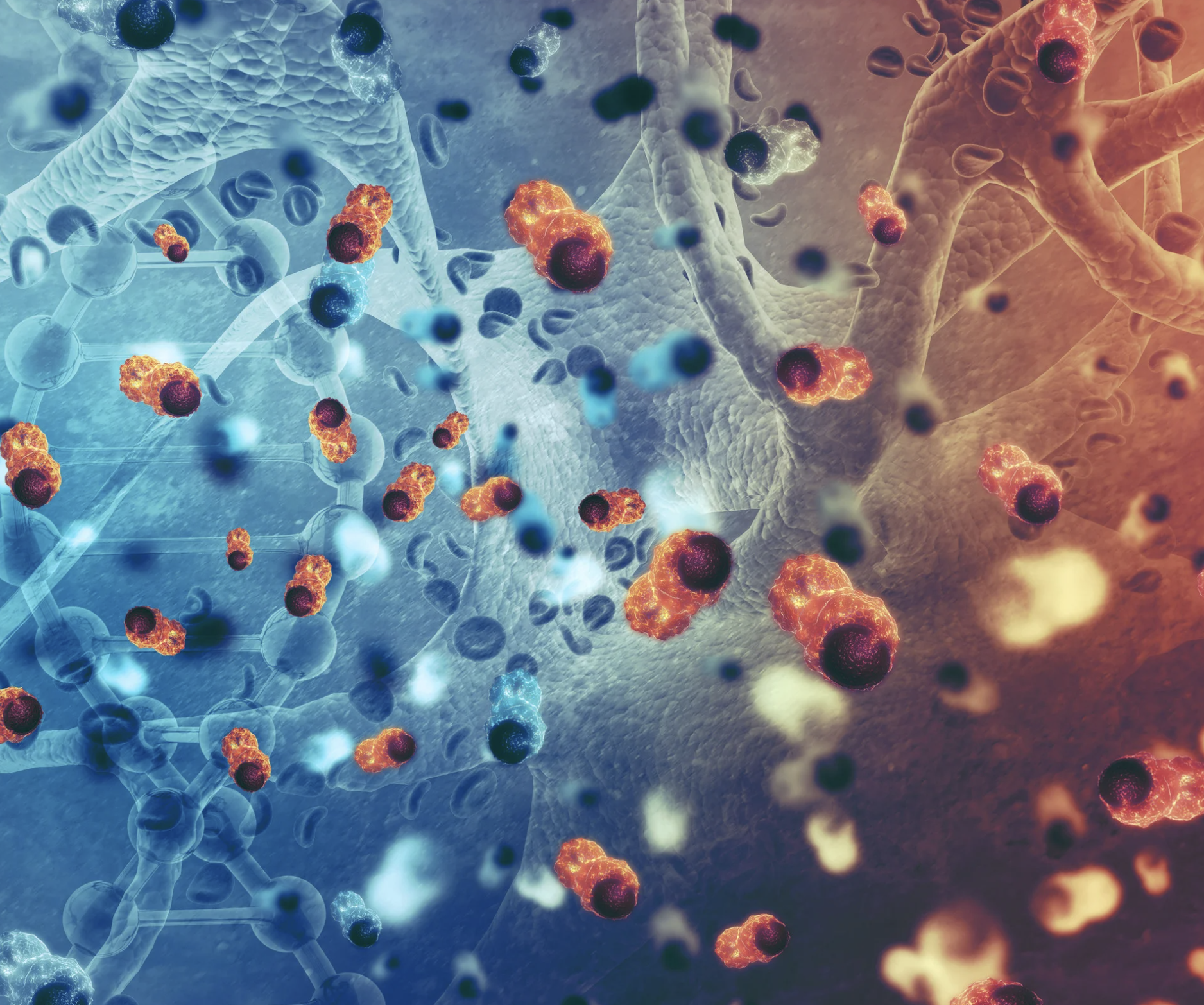
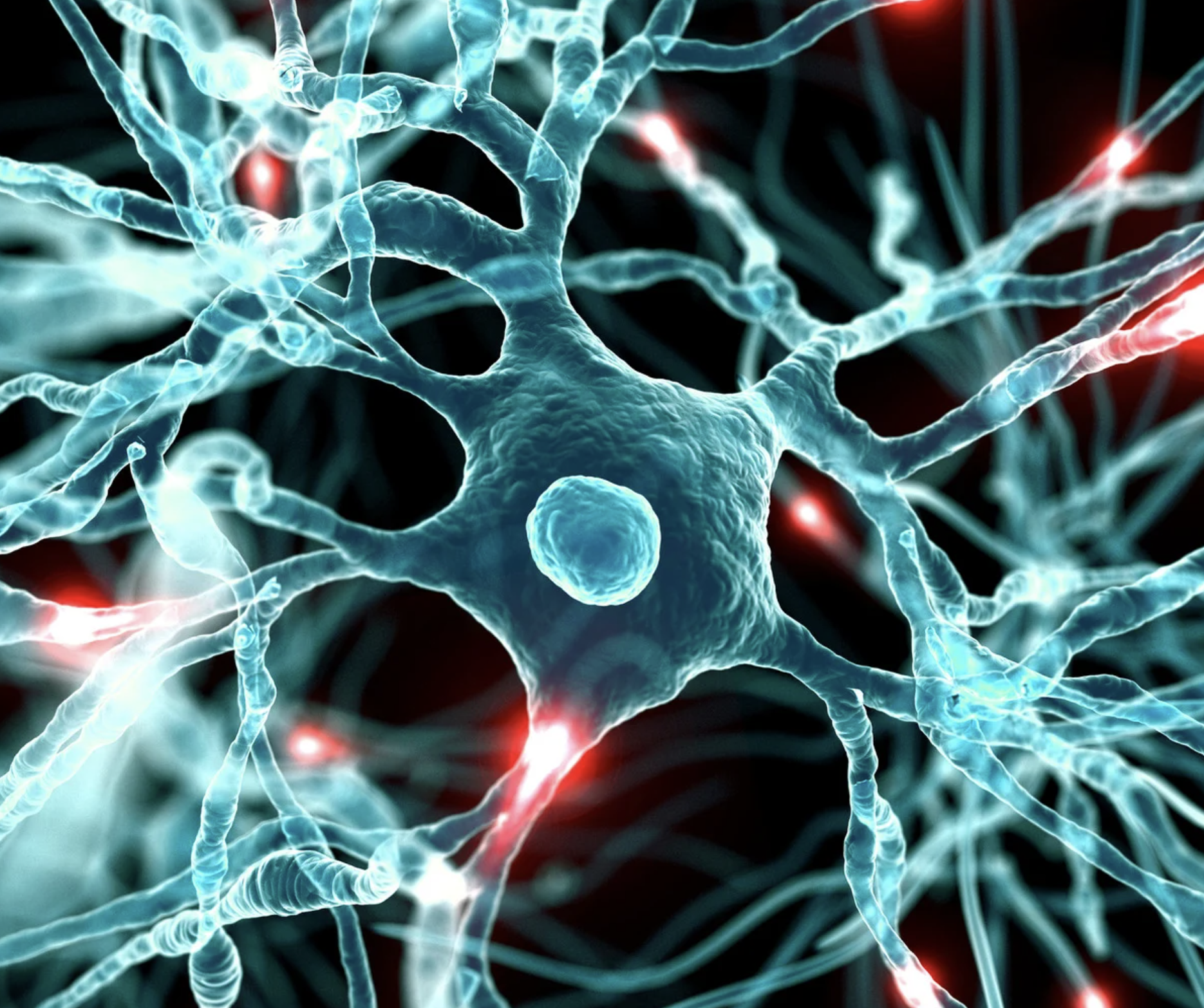

Pain Management Options: A Comprehensive Guide for Patients
By understanding the tools available and collaborating with healthcare professionals, patients can take control of their pain and improve their quality of life.
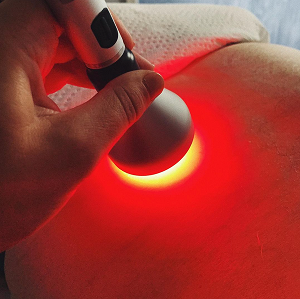

Comparing Class 4 Laser Therapy, PEMF, and Shockwave Treatments in Chiropractic Care
This article provides an in-depth exploration of these three therapies, comparing their principles, applications, benefits, and limitations, while offering practical insights for Doctors of Chiropractic to optimize patient outcomes. By integrating evidence-based references, this analysis aims to guide practitioners in selecting the most appropriate modality for their patients.

Photobiomodulation vs. Ice for Acute Injuries: A Paradigm Shift in Recovery
For decades, the RICE protocol—Rest, Ice, Compression, Elevation—has been the cornerstone of acute injury management, widely adopted by athletes, coaches, and healthcare professionals.

The Evolution of LASER Therapy: From Theoretical Beginnings to Modern Medical Marvel
As technology continues to advance, LASER therapy is poised to play an even greater role in the future of healthcare, unlocking new possibilities for treatment and recovery. This remarkable fusion of light and medicine stands as a testament to the power of scientific discovery to transform lives.

Comparison of Class 4 Laser Therapy in Treating Ankle Sprains and Alzheimer’s Disease
In summary, Class 4 laser therapy is a robust treatment for ankle sprains but a speculative adjunct for Alzheimer’s. Continued research is needed to optimize its role in AD care, particularly in combination with protocols like Bredesen’s, to maximize its potential in supporting brain health.

Case Report: Noninvasive Treatment of Diabetic Peripheral Neuropathy
PBM treatments are proven to significantly reduce pain and improve the quality of life for patients suffering from diabetic peripheral neuropathy (DPN). PBM treatments are shown to reduce the levels of inflammatory markers in patients with DPN, which is important because heightened inflammation is one of the contributory factors for pain and disability.

Photobiomodulation in Dentistry: A Paradigm Shift in Oral Care
From managing TMJ disorders to enhancing post-surgical recovery and improving periodontal outcomes, PBM has the potential to revolutionize dental care. While there are still challenges to overcome, such as standardizing treatment protocols and increasing accessibility, the future of PBM in dentistry is full of exciting possibilities.
“Class 4 Laser Therapy will be an integral modality worldwide in all fields of healthcare.”
— Dr. Phil Harrington, lecturing in Malaysia


